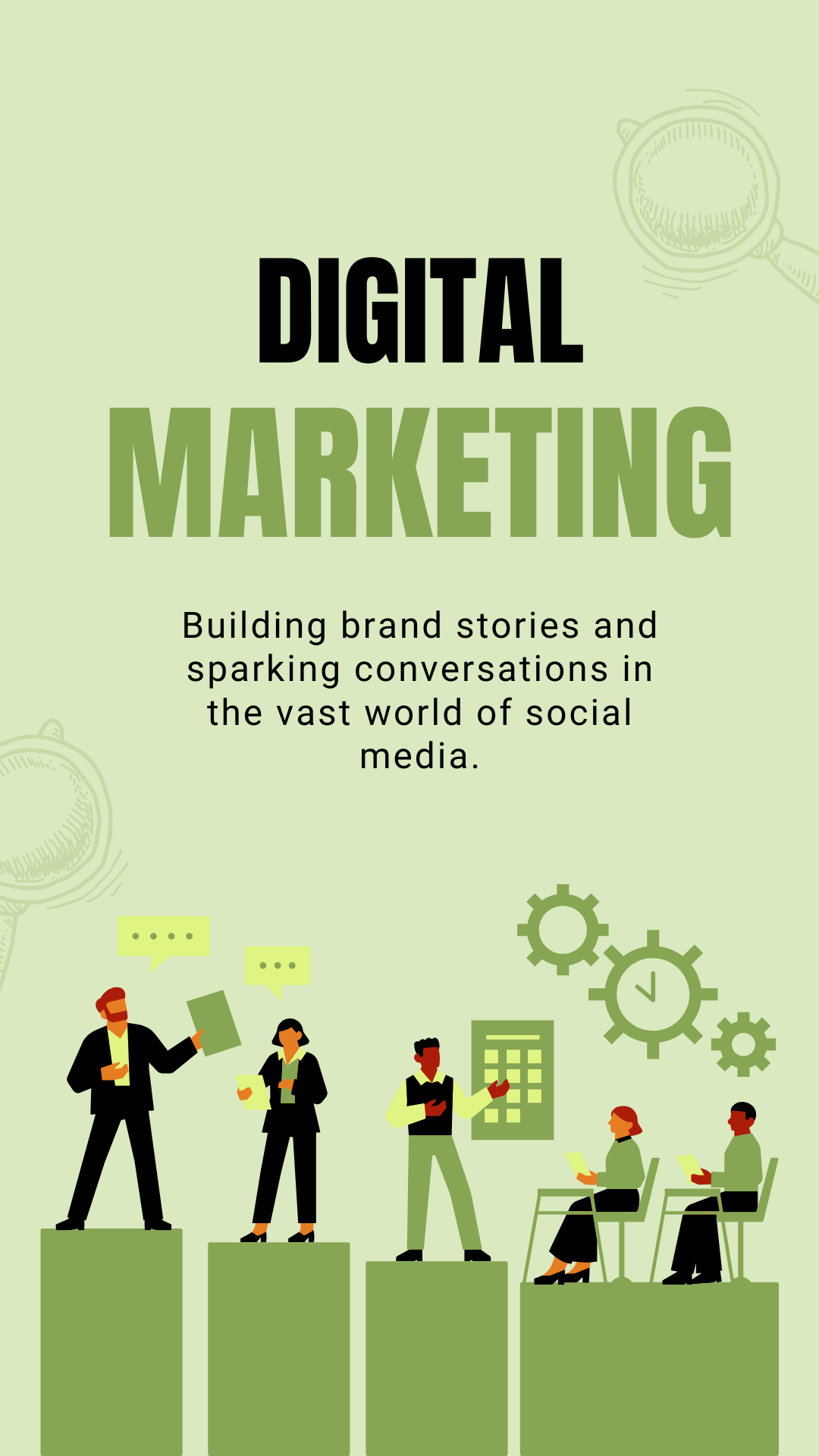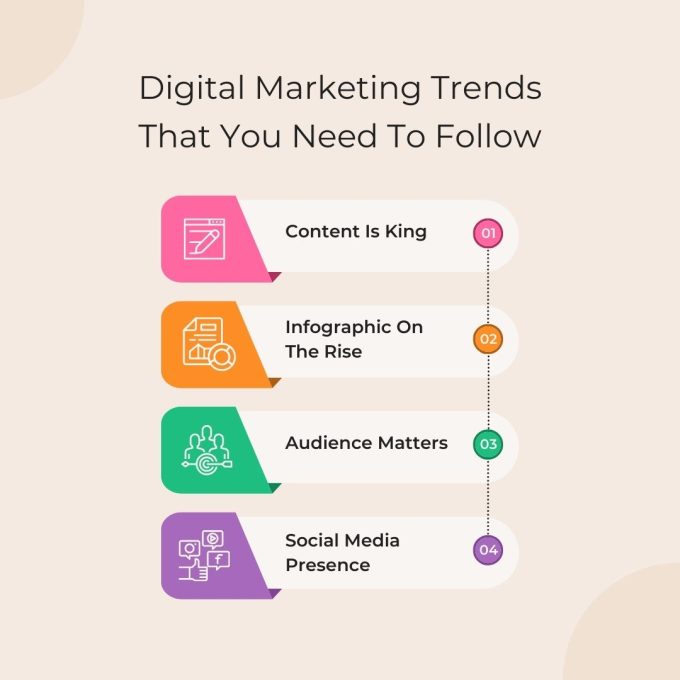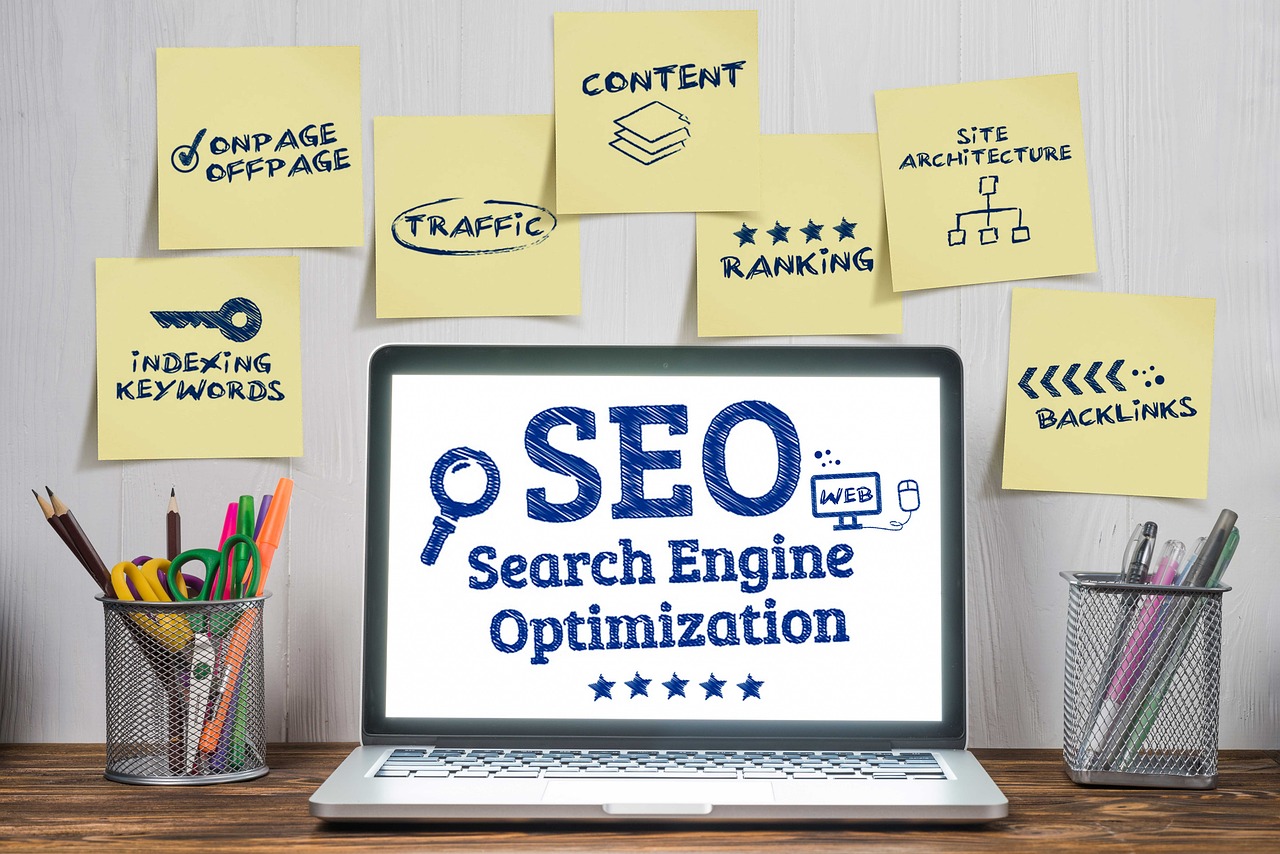ONE MAIN WORD WILL HELP GROW YOUR BUSINESS
The Power of Google Ads Services in 2025
As we step into 2025, businesses are increasingly leveraging Google Ads Services to reach their ideal audience. The ability to target users with precision is what sets Google Ads apart. With evolving tools and strategies, businesses can now create campaigns that are more focused, cost-effective, and impactful than ever before.
How Google Ads Drives to Business Success
For businesses aiming to scale, Google Ads for Business provides an unparallel platform to connect with potential customers. By using the right tools and strategies, you can ensure that your ads are seen by the people who matter most to your business. Here’s how:
- Demographic Targeting: Reach users based on age, gender, and interests.
- Geographic Targeting: Focus on specific cities, regions, or countries.
- Behavioral Targeting: Advertise to users based on their online activities and purchase intent.
Crafting a Winning Google Ads Strategy
To maximize your ROI, it’s essential to have a well-thought-out Google Ads Strategy. Here are the key steps to ensure your campaigns succeed:
- Define Your Audience: Understand who your ideal customers are and what they need.
- Choose the Right Keywords: Use tools to identify high-performing keywords relevant to your business.
- Leverage Google Display Network Ads: Reach a wider audience with visually appealing ads.
- Optimize for Performance: Regularly review and improve your campaigns using Google Ads Optimization.
Why Businesses Should Advertise on Google
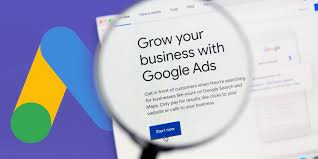
If you’re looking for immediate visibility and measurable results, there’s no better platform than Google. Here’s why businesses continue to advertise on Google in 2025:
- Unmatched Reach: Google processes over 8.5 billion searches per day, making it the ideal place to connect with potential customers.
- Flexible Budgets: Control your spending by setting daily budgets and monitoring your Google Ads Cost Per Click.
- Real-Time Analytics: Track performance metrics to see what’s working and what needs improvement.
How to Run Google Ads Effectively
Starting a campaign is simple, but making it successful requires effort and expertise. Here’s how you can effectively run Google Ads:
- Set Clear Goals: Decide whether you want to increase traffic, generate leads, or boost sales.
2. Create Engaging Ad Copies: Use compelling headlines and descriptions to grab attention.
3. Use Remarketing Tools: With Google Ads Remarketing, re-engage users who’ve previously interacted with your brand.
4. Monitor Performance: Regularly check metrics like click-through rates (CTR) and conversion rates to ensure success.
The Role of Google Display Network Ads
The Google Display Network Ads are a powerful way to showcase your brand across millions of websites. By combining visuals and strategic placement, businesses can:
- Enhance brand awareness.
- Engage audiences with interactive ads.
- Drive traffic to their websites.
Reducing Costs with Google Ads Optimization
A major challenge for businesses is managing their advertising costs. This is where Google Ads Optimization comes in. By optimizing your campaigns, you can:
- Increase ad relevance for better quality scores.
- Lower your Google Ads Cost Per Click by targeting specific audiences.
- Improve conversion rates by refining ad content and landing pages.
Understanding the Importance of Google Ads Remarketing
In 2025, Google Ads Remarketing continues to be a game-changer. This feature allows businesses to reconnect with users who didn’t convert on their first visit. By showing them tailored ads, you can:
- Build trust and familiarity.
- Encourage repeat visits.
- Increase the chances of conversions.
How to Learn Google Ads in 2025
If you’re new to the platform, now is the perfect time to learn Google Ads. Google offers free training resources and certifications that can help you master the basics. Additionally, partnering with experts in Google Ads Services can accelerate your learning process.
Real-World Examples of Successful Campaigns
Businesses across industries are reaping the benefits of targeted advertising. Here are some examples:
- E-commerce Brands: By using Google Display Network Ads, they’ve increased product visibility and sales.
- Local Businesses: With geographic targeting, they’ve driven foot traffic to their stores.
- Service Providers: Through Google Ads Remarketing, they’ve converted previous website visitors into loyal customers.
The Future of Google Ads for Business
As technology advances, the capabilities of Google Ads for Business will only expand. With AI-driven insights, predictive targeting, and enhanced optimization tools, businesses will be able to create campaigns that are even more personalized and effective.
Understanding Google Ads and How It Works
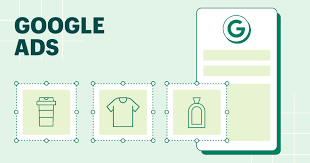
What Are Google Ads Services?
Google Ads Services refer to a platform provided by Google that helps businesses advertise online. It is an efficient way to showcase your products or services to potential customers right when they are searching for them. Businesses can use it to advertise on Google and gain visibility across the web.
Google Ads operates on a pay-per-click (PPC) model. This means you pay only when someone clicks on your ad. You can choose specific keywords, create engaging ads, and target your audience. By using Google Ads Services, businesses can:
- Appear on the first page of search results.
- Target specific regions or global audiences.
- Use tools like Google Display Network Ads to showcase visuals.
How Does Google Ads for Business Work?
Why Should You Run Google Ads?
If you’re looking to expand your business, Google Ads for Business is a powerful tool. It allows you to:
- Reach your audience precisely when they’re ready to buy.
- Control your budget and optimize campaigns for better performance.
- Increase traffic, leads, and sales efficiently.
Google Ads Optimization ensures your campaigns perform at their best. Here are some tips for optimization:
- Choose the right keywords.
- Write compelling ad copy.
- Use negative keywords to avoid irrelevant traffic.
- Monitor and adjust bids to manage Google Ads Cost Per Click.
- Analyze performance and refine your Google Ads Strategy.
The Importance of Google Ads Optimization
Types of Ads You Can Run
There are several types of ads you can create using Google Ads Services:
- Search Ads: Text-based ads that appear on search results.
- Google Display Network Ads: Visual ads displayed across websites.
- Video Ads: Ads that play on YouTube.
- Google Ads Remarketing: Reconnect with users who previously visited your site.
To succeed in advertising, you need a clear Google Ads Strategy. Follow these steps:
- Define your goals (e.g., brand awareness, lead generation).
- Research and choose effective keywords.
- Leverage Google Display Network Ads for brand visibility.
- Use Google Ads Remarketing to boost conversions.
- Test, analyze, and improve continuously.
Crafting a Winning Google Ads Strategy
How Much Does It Cost to Advertise on Google?
The Google Ads Cost Per Click varies depending on your industry, competition, and keyword relevance. Some keywords are highly competitive and cost more, while others may be cheaper. You can set a daily budget to control costs and maximize ROI.
Benefits of Google Ads Services
- Immediate visibility on Google.
- Detailed performance tracking.
- Flexible budgets to suit businesses of all sizes.
- Ability to target local and global audiences.
How to Start and Learn Google Ads
If you’re new to the platform, here’s how to learn Google Ads:
- Use Google’s free resources and certification courses.
- Experiment with small campaigns to understand the platform.
- Partner with a professional Google Ads Services provider for guidance.
Google Ads Remarketing helps you reconnect with potential customers who have interacted with your brand. This strategy keeps your business top-of-mind and improves conversion rates.
The Role of Google Ads Remarketing
Maximizing Results with Google Ads Optimization
Regular Google Ads Optimization is key to getting the best results. By reviewing performance metrics and tweaking campaigns, you ensure your ads remain relevant and cost-effective.
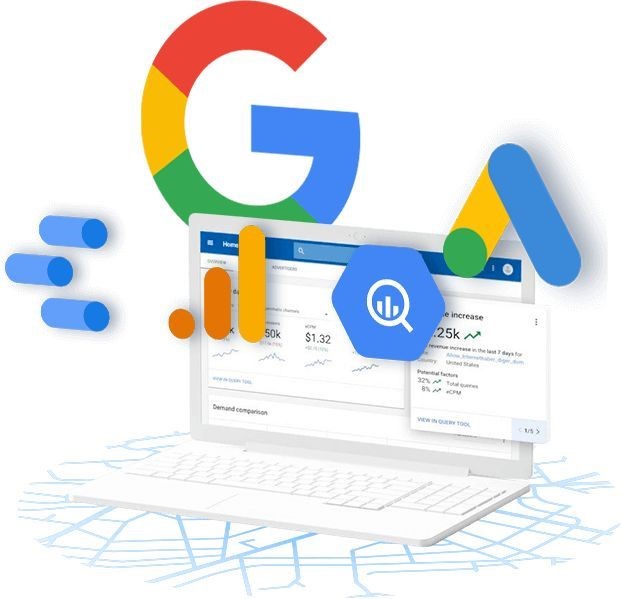
Thoughts on Using Google Ads for Business
Whether you’re a small business or a large enterprise, Google Ads Services offer unmatched potential to grow your brand. By understanding the basics, crafting a strong Google Ads Strategy, and leveraging tools like Google Ads Remarketing and the Google Display Network Ads, you can achieve your marketing goals efficiently.
How Businesses Can Benefit from Google Ads
Why Businesses Should Use Google Ads Services
In today’s digital era, having a strong online presence is essential for every business. Google Ads Services provide a powerful way to reach potential customers and achieve business goals. Whether you are a small startup or a large enterprise, using Google Ads can help you grow faster.
How Google Ads for Business Works
Google Ads operates on a pay-per-click (PPC) model, which means businesses only pay when someone clicks their ad. This ensures that you get value for every penny spent. When you advertise on Google, your ad appears in front of users actively searching for related products or services. This increases the chances of conversions and sales.
Key Benefits of Using Google Ads Services
- Targeted Advertising: With Google Ads Optimization, you can target specific audiences based on their location, interests, and online behavior.
- Measurable Results: Track the performance of your campaigns in real-time and make adjustments to maximize returns.
- Cost Efficiency: Control your spending with adjustable budgets and monitor the Google Ads Cost Per Click to stay within limits.
Crafting a Winning Google Ads Strategy
To make the most of your campaigns, you need a clear and effective Google Ads Strategy. Here’s how to do it:
- Identify your business objectives (e.g., more sales, leads, or website traffic).
- Research and select the right keywords.
- Use Google Display Network Ads to showcase your brand with eye-catching visuals.
- Optimize bids and budgets to get the most value for your Google Ads Cost Per Click.
Why You Should Run Google Ads
When you run Google Ads, you’re taking a step toward gaining visibility, traffic, and sales. The platform allows you to:
- Connect with customers exactly when they’re looking for your products or services.
- Use tools like Google Ads Remarketing to re-engage visitors who didn’t convert the first time.
- Expand your reach globally or focus on specific local areas.
Types of Ads Available with Google Ads Services
- Search Ads: These appear at the top of search engine results and are text-based.
- Google Display Network Ads: Visual ads displayed across millions of websites and apps.
- Video Ads: Perfect for platforms like YouTube.
- Google Ads Remarketing: Helps you target users who have already interacted with your brand.
Reducing Costs with Google Ads Optimization
One of the main advantages of Google Ads Services is the ability to optimize campaigns. By focusing on Google Ads Optimization, you can:
- Eliminate unnecessary spending by using negative keywords.
- Improve ad relevance for better quality scores.
- Test different ad copies to find the most effective one.
How to Advertise on Google Effectively
To Advertise on Google, follow these steps:
- Set clear goals for your campaign.
- Choose the right keywords and audience.
- Design appealing ads that catch attention.
- Monitor your Google Ads Cost Per Click and adjust accordingly.
- Leverage Google Display Network Ads for broader visibility.
Google Ads Remarketing allows businesses to reconnect with users who’ve shown interest in their products or services. It’s a great way to remind potential customers about your offerings and encourage them to complete a purchase.
Learning to Run Google Ads
If you’re new to the platform, take time to learn Google Ads. Google provides free training resources and certification programs. Additionally, you can partner with experts in Google Ads Services to ensure your campaigns deliver maximum results.
The Power of Google Ads Remarketing
Google Ads uses advanced tools like AI and machine learning to analyze user behavior, helping you target people based on their interests, search habits, and online activity.
Use features like keywords, location, demographics (age, gender, income), and interests to narrow down your audience.
Custom audiences let you target people who searched for specific terms or visited certain websites, ensuring your ads reach the most relevant users.
Keywords are crucial. Choosing the right ones ensures your ad appears for people actively searching for what you offer.
Yes, Google Ads allows you to target audiences by country, city, or even a small radius around a specific area.
Track your campaign metrics like click-through rate (CTR), conversions, and audience insights in Google Ads to see if your ads are effective.
You can start with a small budget and adjust as needed. Proper targeting ensures you get the best results without wasting money.


